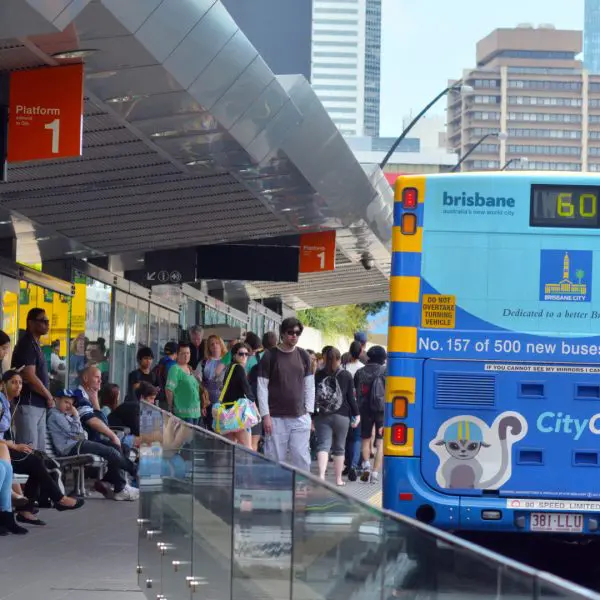
Ride Sharing, Autonomous Vehicles and Mobility as a Service – a new modelling tool for policy analysis!
4 June 2018
The market for transport is undergoing one of the most radical shifts we have seen in decades. New technology combined with disruptive business models are changing the way we travel and will change it further in the future. We have already seen smartphone based ride hailing services transform taxi usage and now trials of demand responsive transit (Microtransit or on-demand transport services) are taking place across Australia.
The state of New South Wales in Australia, according to many, is leading the world with its widespread trials of different mixes of services and technology. It is hoped that new on-demand services will allow people travelling in the same direction to be pooled efficiently, providing the opportunity to replace low occupancy fixed route bus services with something less costly and more convenient.
Further, with the introduction of automation, there is the potential to reduce transport operating costs by removing the costly human driver element. However, this also raises the undesirable potential scenario of empty vehicles roaming the network causing congestion between pickups, without the need to park.
Considering all these impacts in a structured way requires both research and further development of modelling and analysis tools. Whilst some modelling tools to consider the impact of new on-demand services are available, they largely focus on service operation rather than planning.
Having seen this gap at VLC, we set about creating a practical solution to this problem. We have developed a new dynamic Demand Responsive Transport (DRT) dispatcher based on sophisticated optimisation techniques, and have leveraged the multi-modal router available in the Zenith Transit Assignment to create the first commercially available Mobility as a Service (MaaS) software solution we know of that can be fully integrated with demand models. This tool helps to understand the level of service associated with on-demand taxi and bus services. It can also interface with the demand model to estimate uptake of new services. We can answer questions like:
- How many vehicles would be needed to service demand in a particular area?
- What would journey times for customers be?
- What are the operating costs and uptake likely to be?
- What proportion of time will vehicles be running empty and what is the trade-off between operating cost and passenger level of service?
The software, which is still in Beta, is capable of modelling a variety of MaaS scenarios. It does not rely on external resources or third parties, making it perfect for integration in any existing transport model.
The software also reports very detailed statistics on each simulation, which allows the creation of insightful visualisations, and can be the ultimate selling tool for your DRT or MaaS scheme.
The next step in our research is to fully integrate this new tool into our Zenith transport models, but you can see it in action with a dummy dataset below. If you are interested in learning more about this tool or would like to incorporate it into your own transport model, please get in touch!



